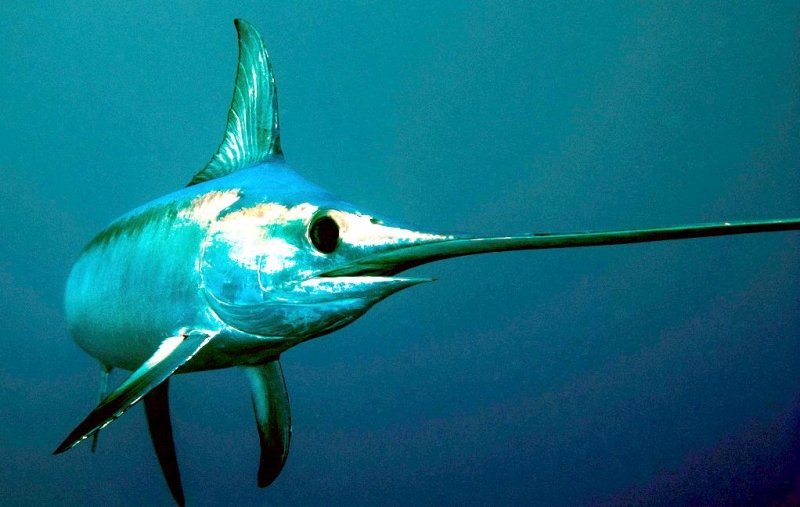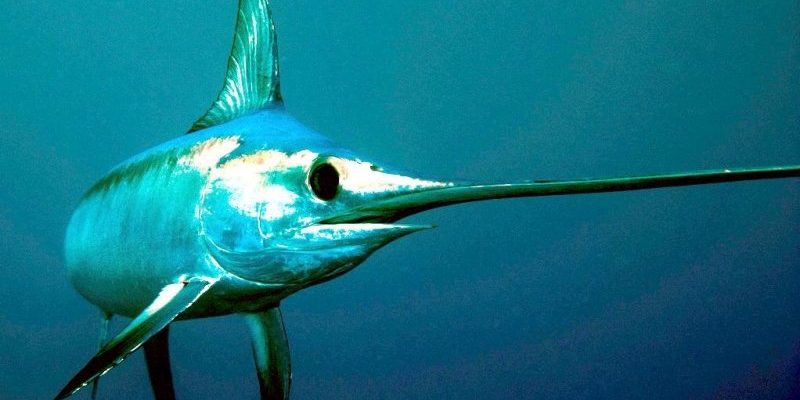
Imagine for a moment if your home was being invaded by curious, hungry guests. You’d be on high alert, right? Well, that’s similar to what swordfish experience as they navigate the deep seas. Their biggest adversaries include overfishing, climate change, and habitat loss. Let’s take a deeper dive into what these threats are, how they impact swordfish populations, and what we can do to help.
Overfishing: The Biggest Enemy
When we talk about threats to swordfish, *overfishing* stands out as a primary concern. This occurs when too many swordfish are caught, leading to a significant decline in their population. Imagine trying to fill a bathtub with water while the drain is wide open; no matter how quickly you pour, it’ll never stay full.
Swordfish are often captured for their meat, which is considered a delicacy in many cultures. Techniques like longlining, where thousands of baited hooks are set along miles of fishing line, make it easy to catch large numbers of fish, including swordfish. Unfortunately, this method not only targets swordfish but also unintentionally catches other species, a practice known as bycatch.
The International Union for Conservation of Nature (IUCN) notes that many swordfish stocks are considered overfished. With fewer swordfish in the ocean, the balance of the marine ecosystem can be disrupted, affecting other species that rely on them for food or compete for the same resources.
Climate Change: A Changing Ocean
Here’s the thing about climate change: it doesn’t just affect temperatures on land; it’s shaking things up in our oceans too. As the planet warms, the water temperature increases, impacting the habitats where swordfish thrive. Swordfish prefer warmer waters, but rising temperatures can cause shifts in their migratory patterns.
Warmer waters can also lead to reduced oxygen levels. Think of it this way: if you’re trying to breathe in a stuffy room, it becomes harder to get enough air. This can create a less hospitable environment for swordfish and their prey, like squid and smaller fish. A decrease in food availability can lead to starvation, affecting reproduction and overall population health.
Additionally, climate change is causing ocean acidification, which affects the growth of vital marine organisms. When these organisms struggle, the entire food web alters, putting even more pressure on swordfish and other marine life.
Habitat Loss: The Silent Killer
Swordfish don’t just swim freely; they rely on specific habitats within the ocean to thrive. Unfortunately, activities like coastal development and pollution are causing loss of these critical environments. It’s similar to tearing down trees in a forest; without homes, the creatures that depend on them can’t survive.
Pollution, including plastics and chemicals, can pollute the waters swordfish inhabit. These contaminants not only harm the fish directly but can also affect their prey. As the food chain gets disrupted, swordfish may struggle to find healthy meals to sustain themselves.
Coral reefs and seagrass beds, which serve as essential habitats for many fish species, are also under threat. When these ecosystems are damaged, it creates a ripple effect. Swordfish need a balanced ecosystem to thrive, and without healthy habitats, their numbers can dwindle.
Bycatch: The Unintentional Victims
You might not realize it, but swordfish are often caught unintentionally through fishing practices. This phenomenon, known as *bycatch*, refers to the capture of unwanted fish or other marine creatures while targeting a specific species. Think of it like going fishing for one type of candy and accidentally catching bags of others you didn’t want.
Bycatch can severely impact swordfish populations. While they might not be the target fish, being caught and discarded can lead to injuries or even fatalities. In many cases, fishing methods like gillnets can trap swordfish with no chance of escape.
To make matters worse, many fishers don’t have the means or regulations in place to track or manage bycatch effectively. This means that while they’re trying to catch swordfish, they could unintentionally be harming their numbers even further.
Pollution: The Invisible Threat
Remember that beautifully clear ocean water? That’s becoming harder to find due to pollution, which poses a significant threat to swordfish. Contaminants from land—like runoff from farms, factories, and cities—can make their way into the ocean. This pollution can be harmful not just to swordfish but to all marine life.
Heavy metals, plastics, and chemicals can accumulate in the tissues of fish, impacting their health and reproductive capabilities. Imagine eating food laced with toxins; it wouldn’t be good for you, right? The same goes for swordfish, which can suffer from diseases and reduced reproductive success due to pollution.
Moreover, when swordfish consume smaller fish that have already ingested toxins, the problem compounds. This bioaccumulation poses a serious risk, not only to swordfish but to humans that consume their meat as well.
Conservation Efforts: What’s Being Done?
All is not lost! Many organizations and governments are actively working to protect swordfish and their habitats. Through initiatives focused on sustainable fishing practices, awareness campaigns, and marine protected areas, there is hope for a brighter future.
One effective approach is implementing fishing quotas. These limits help ensure that fish populations can reproduce adequately and maintain healthy numbers. Additionally, promoting sustainable fishing methods that minimize bycatch plays a crucial role in preserving swordfish populations. Imagine if fishers swapped out harmful practices for eco-friendly ones—this could lead to a significant positive impact.
Community involvement is also essential. Educating local communities about the importance of swordfish and marine ecosystems can lead to better protection and sustainable use of resources. When people understand what’s at stake, they’re more likely to advocate for ocean health.
What You Can Do to Help
You might be wondering what you can do to support swordfish and their environment. Every action counts, and even small choices can contribute to a healthier ocean. Here are a few ways to get involved:
- Choose Sustainable Seafood: Look for labels like the Marine Stewardship Council (MSC) to ensure the seafood you consume is sustainably caught.
- Reduce Plastic Use: Cutting down on single-use plastics helps decrease ocean pollution, which benefits all marine life.
- Educate Others: Share information about swordfish and the threats they face — awareness is a powerful tool for change.
- Support Conservation Organizations: Consider donating to or volunteering with groups that focus on ocean conservation.
Every little bit helps! By making informed choices, you’re contributing to the protection of magnificent creatures like swordfish.
In conclusion, the challenges swordfish face in the wild are complex and intertwined. From overfishing to climate change and habitat loss, each threat contributes to a vulnerable situation for these majestic fish. However, through concerted efforts, we can make a difference. Protecting swordfish is not just about saving one species; it’s about preserving the health of our oceans for generations to come. Together, we can ensure that swordfish continue to thrive in their natural habitat, gliding gracefully through the waters for years to come.

